Thonet’s S 55 Multi-Purpose Chair
One of the few furnishings I remember from my childhood was a wooden slab table and an accompanying set of chairs that served as the family’s dining headquarters from approximately 1976 to 1988. At the time, I considered the ensemble’s most interesting feature to be the odd wicker seats that left tiny circular imprints on the rear thighs of any hapless bare-legged sitter. To a nine year old and his brothers, this was cause for uproarious hilarity—little did I know that the very same chairs incorporated some of the principal achievements in modern furniture design: cantilevered construction and a tubular steel frame. Both of those elements are owed to the innovations of the Bauhaus, and they persist today in large measure through the efforts of manufacturer Thonet. Leave it to same, then, for a millennial updating. “A comfortable, elegant all-rounder based on the cantilever construction principle,” the S 55 is also a fitting tribute to Mart Stam, Mies van der Rohe, and, of course, Marcel Breuer.
Slim Tubular Steel in a Cantilevered Design
In addition to Breuer’s classic Wassily Chair, the S 55 might also count among its spiritual brethren Konstantin Grcic’s Myto, though it trades in this piece’s whimsical joie de vivre for a more sedate and serious aspect. In this case, that’s a good thing. S 55 features the aforementioned tubular steel, a one piece molded plywood seat shell, and a choice of backrest heights. This last feature makes good sense in light of the realities of differential anatomies, and the “tall” version also presents an interesting elongated appearance—an aesthetic modulation that one doesn’t ordinarily encounter in a piece meant for “conference and meeting environments… training and seminar rooms.”
Other options for S 55 include cold foam upholstery, armrests in black elastomer plastic, and seat covers in leather or plastic. And lest I forget, there’s a stackable version as well—always indispensable for the ever-changing landscape of the workspace.
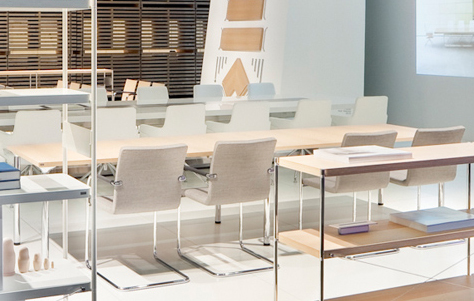
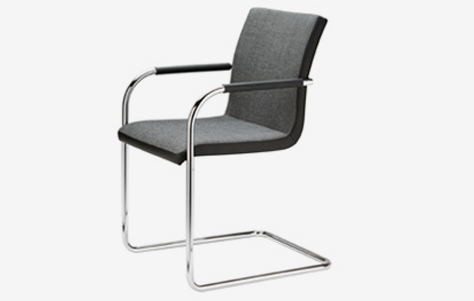
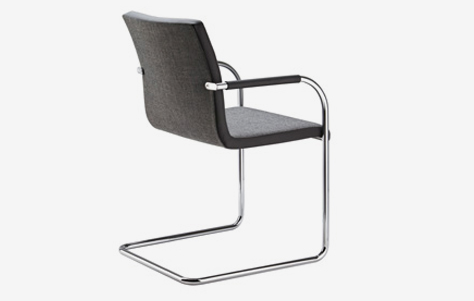
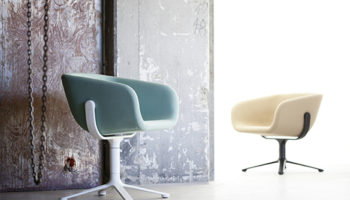
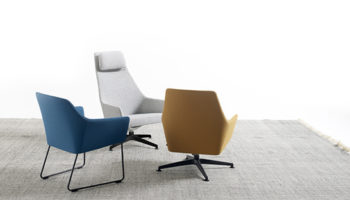


Leave a Reply